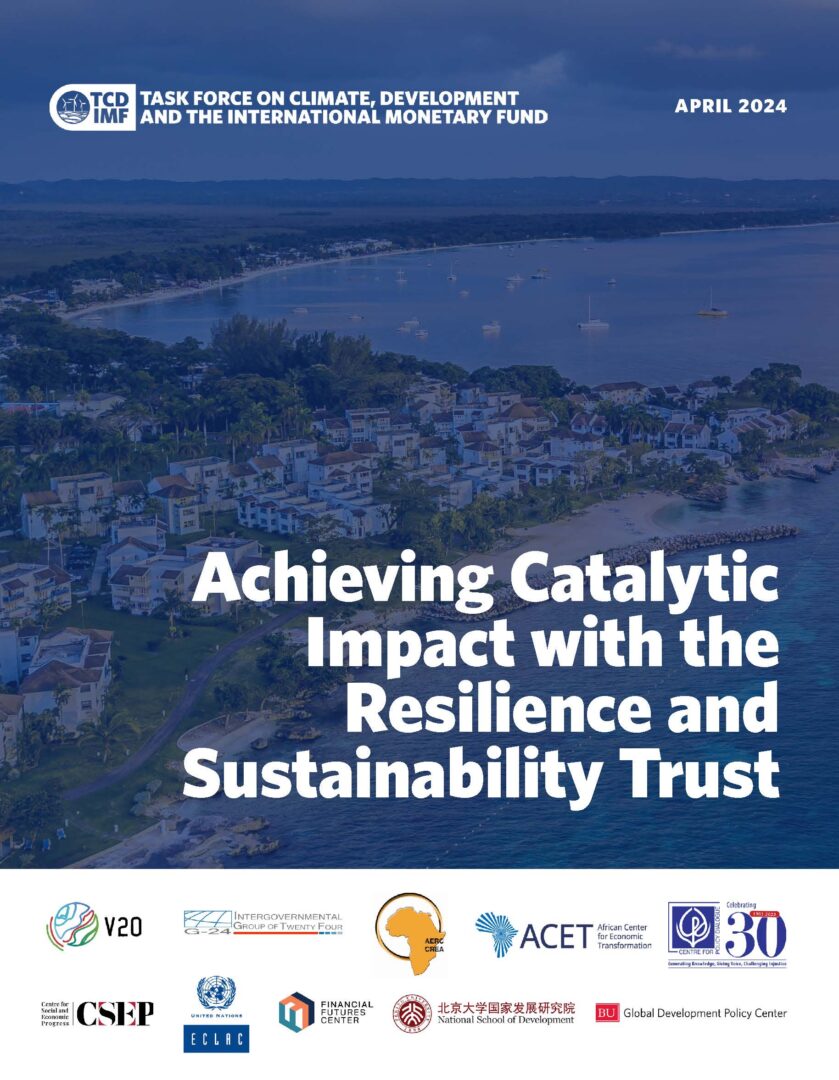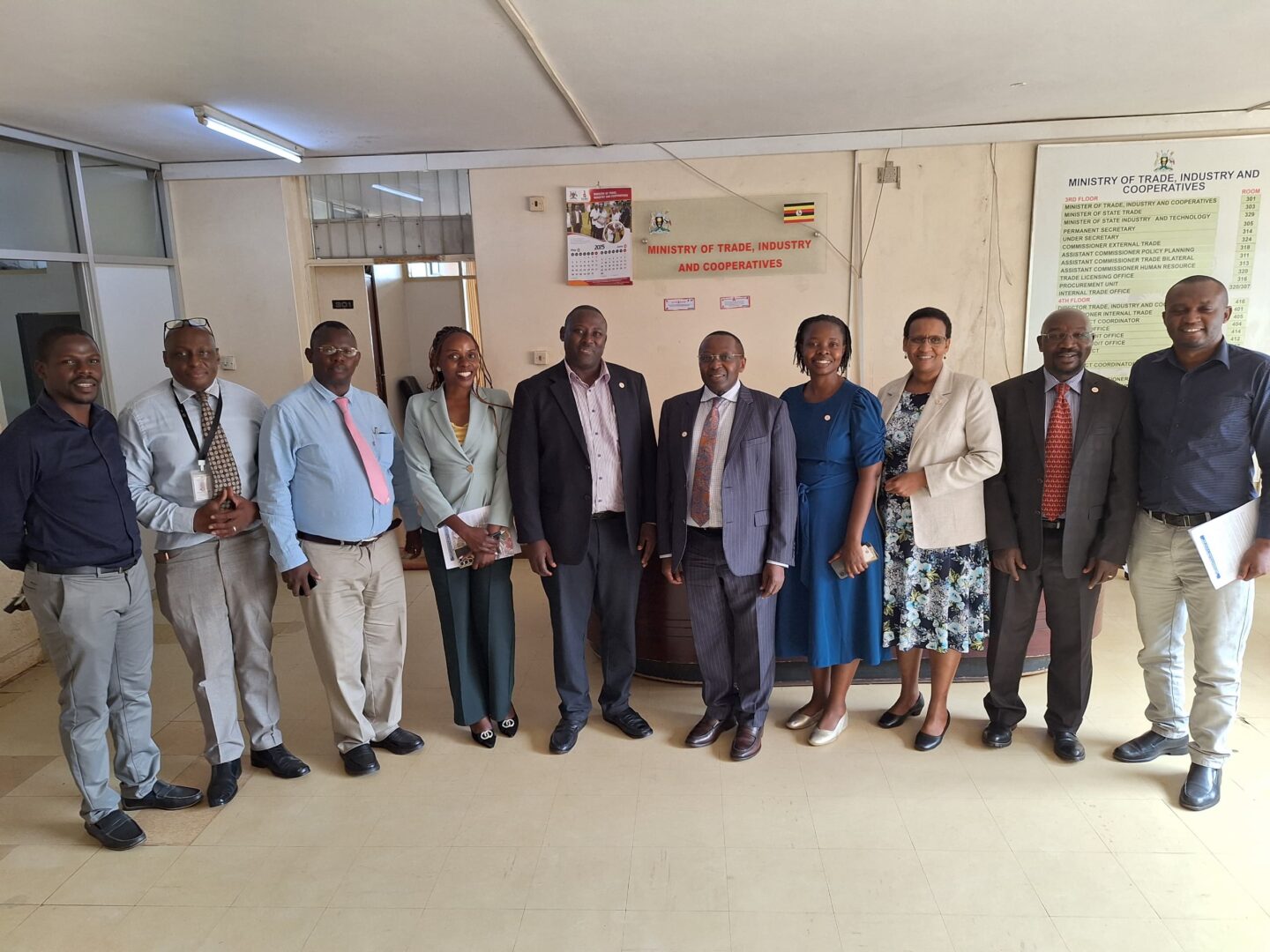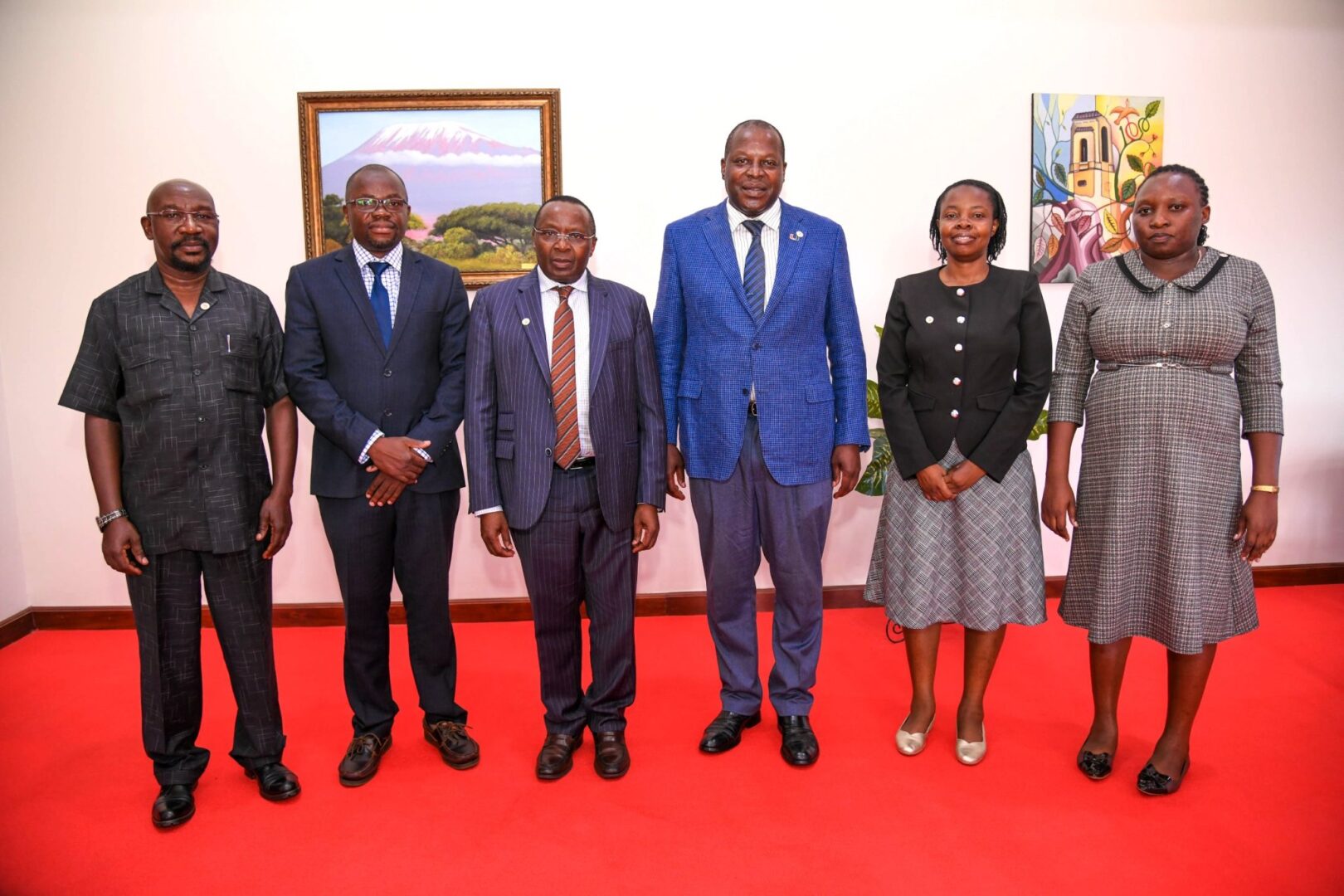

Achieving Catalytic Impact with the Resilience and Sustainability Trust
April 17, 2024The Resilience and Sustainability Trust (RST) at the International Monetary Fund (IMF) fills a major gap in both the climate finance and balance of payments architectures. However, the RST will lack effectiveness without significant reform and design of the instrument. When viewed against the resource mobilization challenges that emerging market and developing economies face, it is especially important for the RST to support catalytic change in a manner that reinforces country-owned plans and strategies.
The IMF established the RST in April 2022, and it became operational in October 2022. The RST is funded through re-channeled Special Drawing Rights (SDRs), the Fund’s reserve asset. The RST finances the Resilience and Sustainability Facility (RSF), and when a country borrows, it enters an RSF arrangement with designated reform measures agreed with the IMF.
As the RST offers long-term, low-cost financing towards climate change and pandemic preparedness, it is an important and welcome addition to the IMF’s lending toolkit. Its long-term, low-cost nature is intended to allow borrowers to undertake meaningful policy reforms that would build resilience to macro-critical shocks in the future. Eligibility to the RST is broad but a concurrent IMF program is required for access. Since the time of its launch, the IMF has witnessed a very high demand for RSF arrangements. The IMF also plans to release an interim review of the initial experience of countries under RSF arrangements during the 2024 IMF/ World Bank Group Spring Meetings in April 2024, and to undertake a more comprehensive RSF review in time for the Annual Meetings in October 2026, at the latest.
This policy brief from the Task Force on Climate, Development and the IMF – a consortium of experts primarily from the Global South utilizing empirical, rigorous research to advance a development-centered approach to climate at the IMF – seeks to improve the RST’s design by taking stock of the early experiences of RST programs. This policy brief is anchored in the experiences of Bangladesh, Barbados and Jamaica with wider consultations undertaken by Task Force members.
The RST is an important example of how the international community can re-channel SDRs towards the achievement of development and climate change goals. As the IMF reviews the RST, it has the opportunity to improve the effectiveness of the instrument. More broadly, early experiences of the RST offer instructive insights on the opportunities and challenges of using re-channeled SDRs.
Key Findings
- The RST was able to achieve rapid capitalization at $42.3 billion. Given the design of the RST with its deposit and reserve accounts, usable resources amount to $25 billion (March 2024), with undrawn commitments standing at $5.6 billion. Given the pace of commitments, the RST will require further SDR re-channeling.
- RSF reform measures are yet to fully reflect the ambitious climate and development goals that countries have articulated in their national plans and strategies.
- RSF arrangements have not yet catalyzed finance, especially from the private sector. Countries implementing RSF arrangements continue to witness significant climate finance gaps. However, given the fungibility of finance and the lack of precise performance indicators, RSF arrangements are yet to demonstrate their catalytic role.
- While the demand for RSF arrangements is already high, the demand would have been even higher if countries were not required to have an existing IMF program.
- The RST lacks the necessary institutionalized collaborations with multilateral development banks and the human resources to support an ambitious development and climate change agenda.






